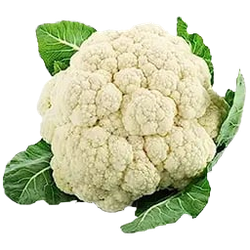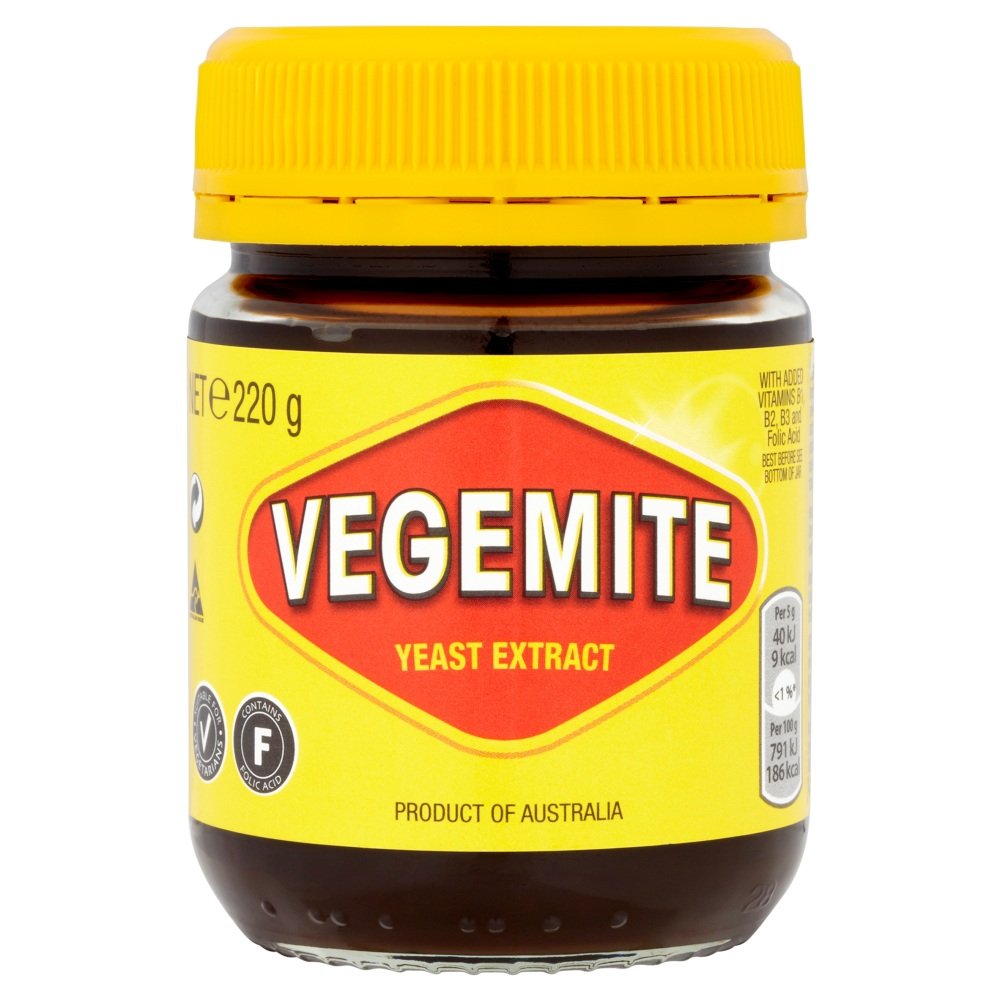It took me two whole days, but I finally figured out how to work our new house’s old-timey stove.
It’s the first time I’ve fired it since we bought the house this summer. This thing is a lot more complicated than it seems. It has a main damper and a bypass damper, a separate air intake and it hadn’t been fired up for 6 months so the flue was full of cold air and humidity.
But crucially, it sits inside a northern house that’s so well insulated it’s airtight enough for the fire to pull a vacuum inside the house, snuff itself out and create enough of a backdraft to smoke up the entire house in seconds when all the windows are closed.
It took me a while to figure out how to adjust the dampers, stop the air extractor and crack a window open when I add a fresh log to avoid turning the whole family into smoked meat 🙂 But now the flue is warm, the draft is going good and the house is sitting at a balmy 82 degrees while it’s freezing outside.
Nice!


Absolutely false: https://en.m.wikipedia.org/wiki/Wood_fuel#Combustion_by-products.
Please do basic research before making claims like that. That’s dangerous misinformation.
Based on the other comments, i updated my post.
I appreciate the link. I read through it and it was primarily about general combustion, and mentioned that Wood smoke contained VOCs. I think CO might be one of those referenced, but the link did not go into any discussion of CO, so I would like to know how this “basic research” is relevant to our “CO” specific discussion.